Choosing the right printer can be a daunting task given the variety of options available. Whether you’re setting up a home office, upgrading your business’s printing capabilities, or looking for something to handle occasional tasks, the decision depends on several factors. Here’s a comprehensive guide to help you select the best printer for your needs.
1. Determine Your Printing Needs
Before diving into specifications, think about how often you’ll be printing, the type of documents you’ll print, and your preferred print quality.
- Home Use: For occasional printing (photos, school projects, light office work), a budget-friendly inkjet might suffice.
- Office/Business Use: If you need to print large volumes, or if you’re managing more complex workflows (like network printing or high-quality color documents), a laser printer or a more advanced inkjet may be necessary.
- Photography: If you’re printing high-quality images, a photo printer or an inkjet printer with specialized photo ink cartridges will be ideal.
- Multi-Function: Consider a printer with scanning, copying, and faxing capabilities (all-in-one printers) if you need these additional features.
2. Printer Type
There are mainly two types of printers to choose from:
- Inkjet Printers: Best for color printing and photos, inkjets are versatile and work well for general home or office use. They’re typically more affordable upfront but have higher ongoing costs for ink.
- Laser Printers: These are ideal for high-volume printing (e.g., text documents), offering faster speeds and lower cost per page. Laser printers are typically more economical for businesses or those who print frequently.
- All-in-One Printers: These combine printing, scanning, copying, and sometimes faxing in a single machine. They’re great for those needing a multifunctional device and can save space and money.
3. Print Volume
- Low Volume (1-50 pages per month): A basic inkjet or entry-level laser printer should work for personal or light office use.
- Medium Volume (50-500 pages per month): Choose a mid-range inkjet or a higher-end laser printer.
- High Volume (500+ pages per month): Opt for a more robust laser printer designed for heavy-duty use.
4. Print Speed
Print speed is measured in pages per minute (ppm). If you need to print large documents quickly, look for printers that offer high ppm ratings. Laser printers generally offer faster print speeds than inkjets.
- Home Use: 5–15 ppm may suffice.
- Office Use: Look for printers offering 20–40 ppm or more.
5. Print Quality
Consider what you’re printing. For standard text documents, nearly any printer will do, but for high-quality graphics or photo printing, you’ll need a printer with higher resolution.
- DPI (Dots Per Inch): This is a key indicator of print resolution. The higher the DPI, the sharper the print quality.
- 600×600 DPI is generally good for text.
- 1200×1200 DPI or more is better for high-quality photo prints.
6. Connectivity Options
Modern printers come with a variety of connectivity options. Some common features include:
- USB: Direct connection to your computer (works well for single-use or personal setups).
- Wi-Fi: Allows you to print wirelessly from your computer, tablet, or smartphone. Ideal for homes and offices with multiple devices.
- Ethernet: Wired network connection, often found in office environments.
- Bluetooth: For direct printing from mobile devices without a network connection.
- AirPrint and Google Cloud Print: For wireless printing directly from iOS and Android devices, respectively.
7. Operating System Compatibility
Make sure the printer you choose is compatible with your operating system (Windows, macOS, Linux, etc.). Most printers work with both Windows and macOS, but if you use a less common OS, check for compatibility before making a purchase.
8. Cost of Consumables
One of the ongoing expenses with any printer is the cost of ink or toner. Make sure to consider the cost of replacing ink cartridges or toner, as well as the yield (how many pages each cartridge can print) and the availability of third-party cartridges.
- Inkjet Printers: Often have higher ink costs, especially for color printing. Some models have a high page yield or offer subscription services for ink delivery.
- Laser Printers: Typically have lower costs per page, especially for monochrome text printing.
9. Space and Size
Consider where you’ll be placing the printer. Home or small office printers come in compact sizes, while office printers designed for heavy-duty use may take up more space. Measure the area available to ensure your printer fits comfortably.
10. Additional Features
- Duplex Printing: Allows automatic double-sided printing, saving paper and reducing waste.
- Mobile Printing: If you plan to print directly from your smartphone or tablet, make sure the printer supports mobile printing apps or features like AirPrint, Google Cloud Print, or Wi-Fi Direct.
- LCD Touchscreen or Display: Easier for setting preferences and viewing documents.
- Energy Efficiency: Look for Energy Star certified printers, which consume less energy, contributing to both cost savings and environmental sustainability.
11. Brand Reputation and Reviews
Before making your final decision, consider the reputation of the brand and read customer reviews. Brands like HP, Canon, Epson, Brother, and Lexmark are known for their reliability, and user reviews can provide insights into long-term performance, ease of use, and customer support.
Conclusion
Selecting the right printer boils down to understanding your specific printing needs and balancing those with your budget, desired features, and print quality expectations. Whether you’re printing photos, high volumes of text, or need a multifunctional machine, there’s a printer out there that’s perfectly suited to your requirements.
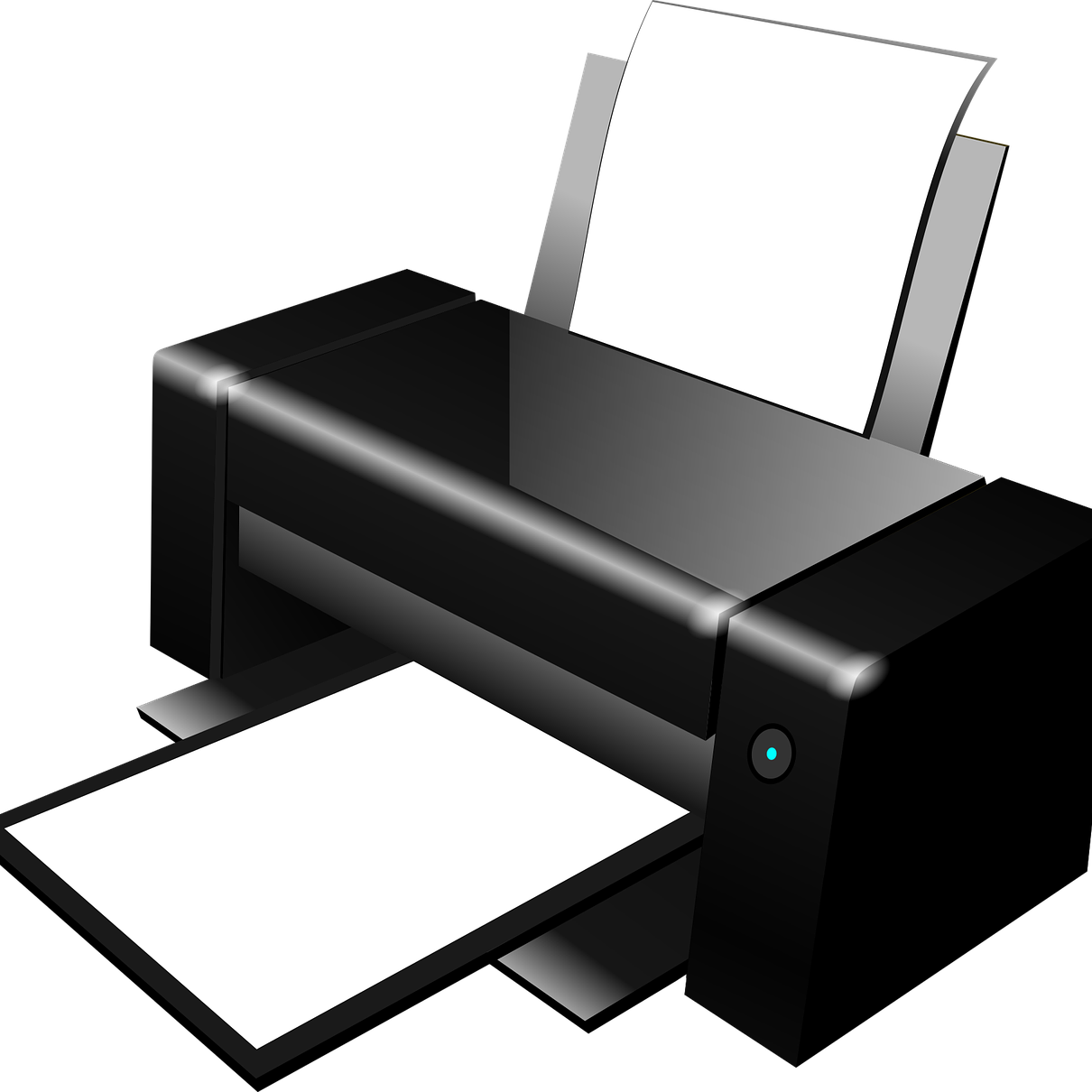
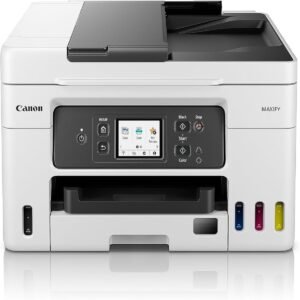
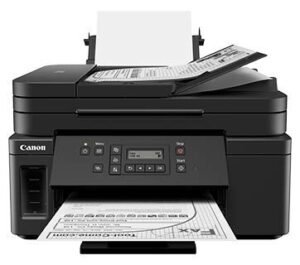
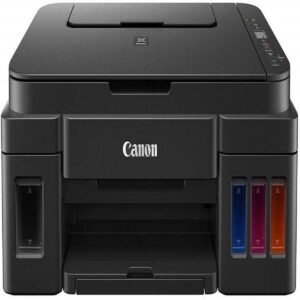
sir i need epson low price
you can check my website